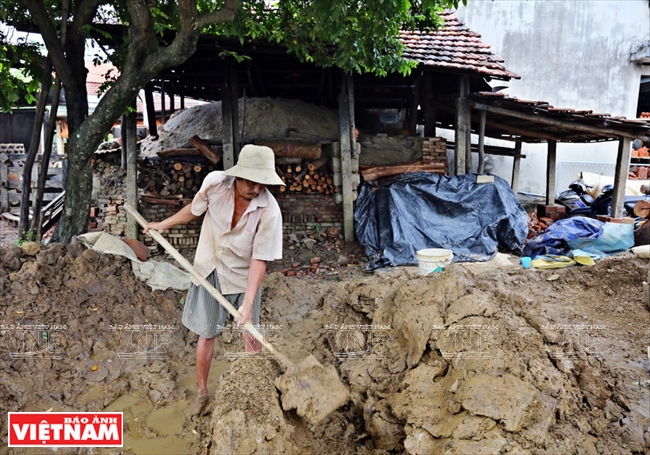
The locals use clay on the Thu Bon river to make pottery. Photo: Tat Son/VNP
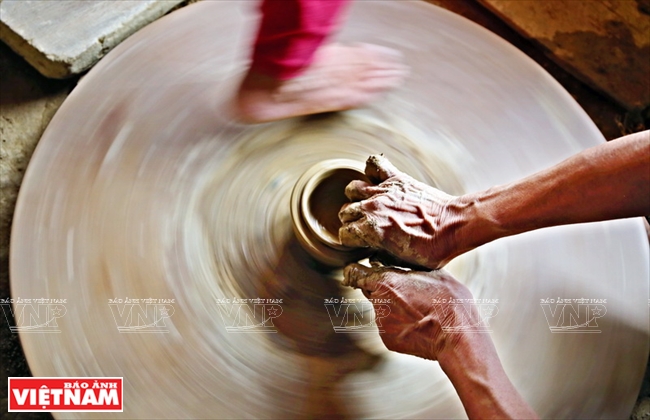
Forming the shape of a product. Photo: Tat Son/VNP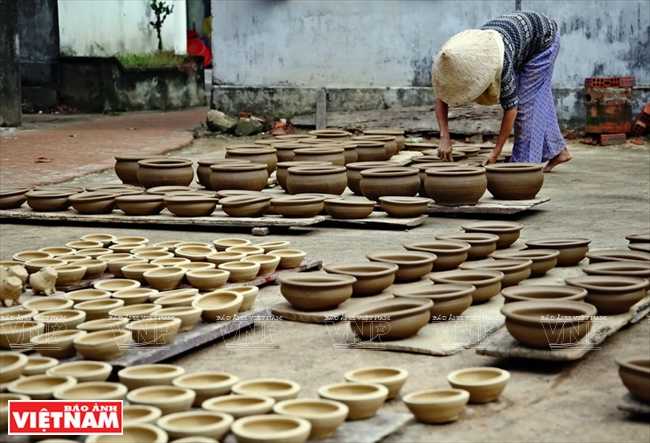
Drying pottery products. Photo: Cong Dat/VNP
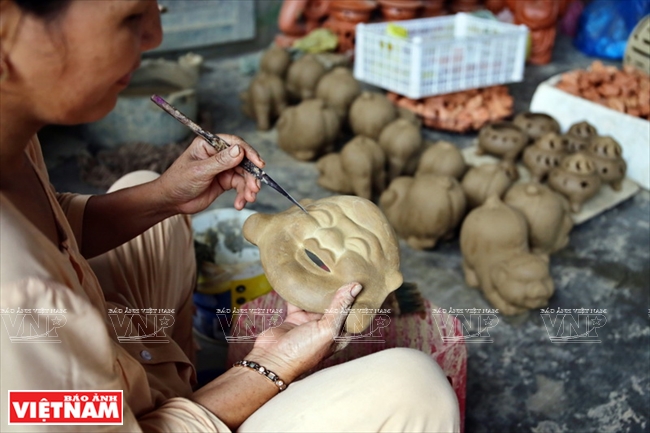
After drying for 2-3 days, pottery products are decorated. Photo: Cong Dat/VNP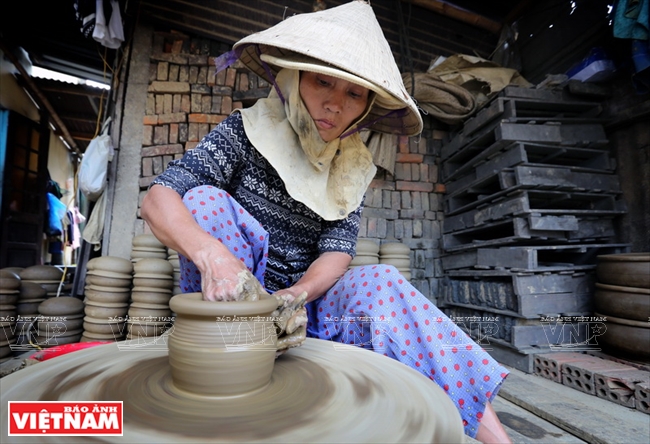
Thanh Ha pottery products are made by skilled artisans. Photo: Tat Son/VNP
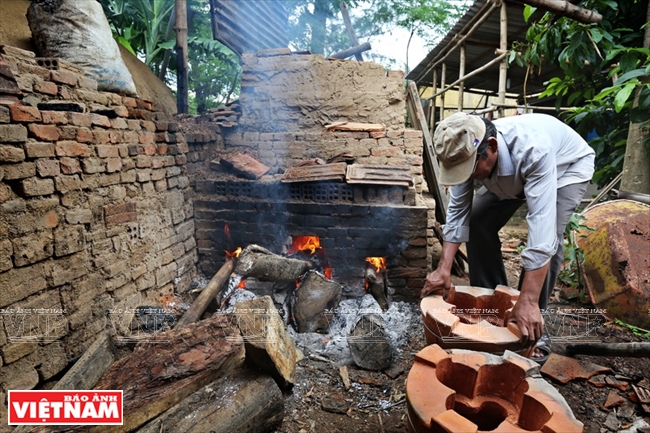
Thanh Ha pottery products are fired in a traditional wood kiln. Photo: Tat Son/VNP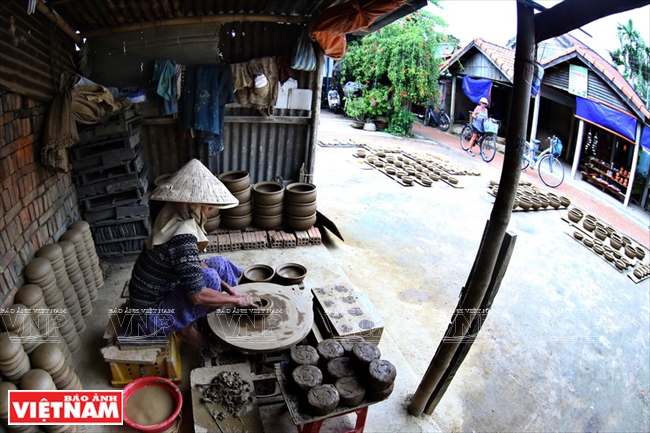
Locals in the ancient pottery village of Thanh Ha have kept their traditional method of
making pottery - hand made and wheel thrown. Photo: Cong Dat/VNP
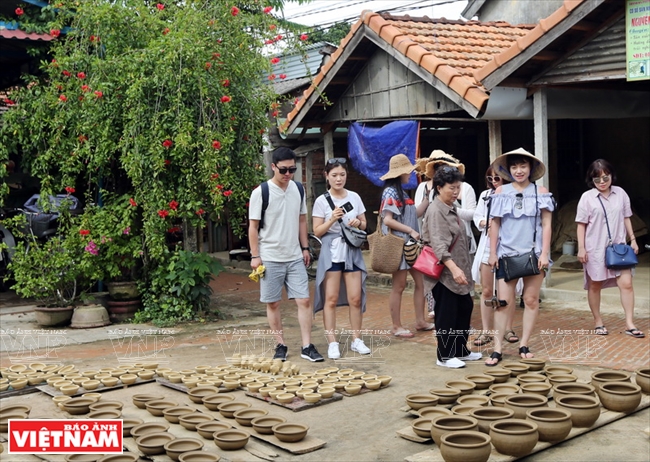
The pottery village of Thanh Ha is a favourite destination for both domestic and foreign visitors. Photo: Tat Son/VNP |